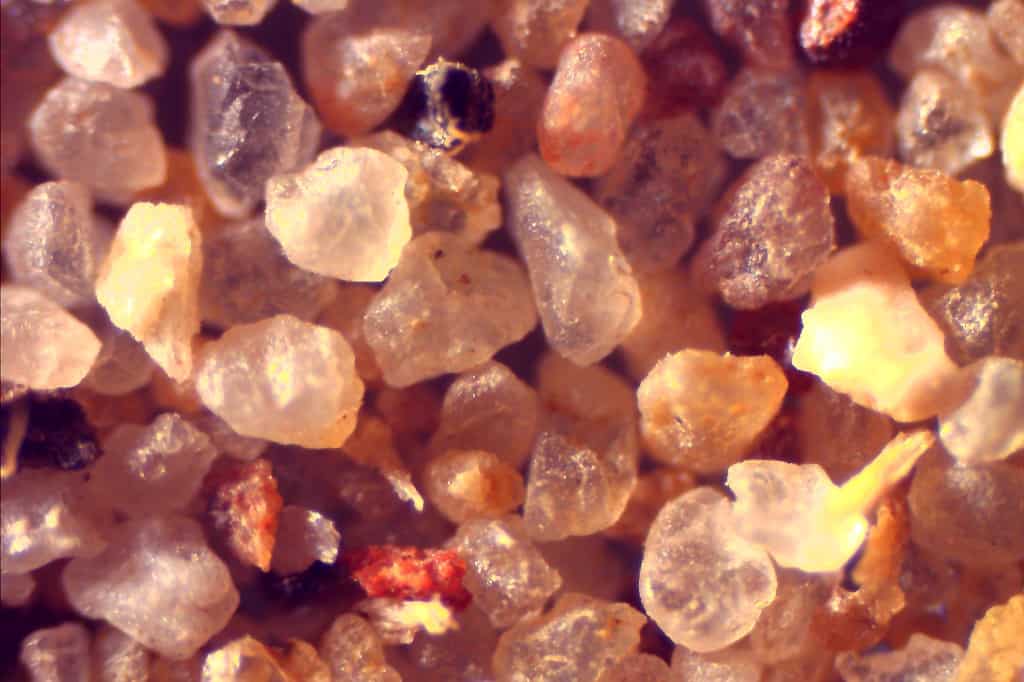was the founder of Brookline Historic, a general contracting firm specializing in historic preservation. They offered historic design build services, structural repair, tile and slate roofing, and masonry. Brookline's portfolio includes such projects as: The Blair House (Washington, DC), The Winder Building (Washington, DC), The EEOB (Washington, DC), The Dolly Barton House (Washington, DC), The Federal Trade Building (Washington, DC), Christ Evangelical Lutheran b.1835 (Gettysburg, PA), The Cunningham House b.1796 (Gettysburg, PA), The David McMillian House b. 1840 (Gettysburg, PA), The Sener House b.1876 (Lancaster, PA), The Bausman Farmstead b. 1775 (Lancaster, PA), among many residential construction projects. Currently, I consult on challenging historic preservation projects. I perform all the mortar and sand analysis's. I train masons and homeowners in historic mortars and plasters. I also enjoy designing new products and custom design mixes along with overseeing the manufacture of lime mortar, at Lancaster Lime Works.
Traditional Tadelakt Traditional Tadelakt (as well as all lime plasters) were applied directly to solid masonry or a wood lathe structure. They would achieve adhesion thru the suction action of the water from the plaster into the masonry or plaster/lathe substrate it was applied onto. These days cement and gypsum board surfaces do not offer
Our H-1 Binder solves many of today’s home building problems. As our natural resources become more precious, our landfills over flow, and plastics seem to be polluting nearly everything, we need to look at how we build differently. Can building be done with a carbon reducing footprint? Can my plastic consumption be less? Will a
Proper Ratio of Lime to Sand We hear the question often, “What ratio of lime to sand should I use?” Our answer, “We don’t know what the void space of your sand is.” There are thousands and thousands of sands across the USA. Within those myriad of sands, there are countless ways that manufactures sieve,
General Project Conditions for Using Lime Mortar 1. Bedding and lime pointing mortar should be placed only if air and masonry temperatures are between 40°F (4°C) and 80°F (27°C), and the air is relatively calm. Conditions must remain so for at least 48 hours after completion of work. If conditions are not within these parameters,


